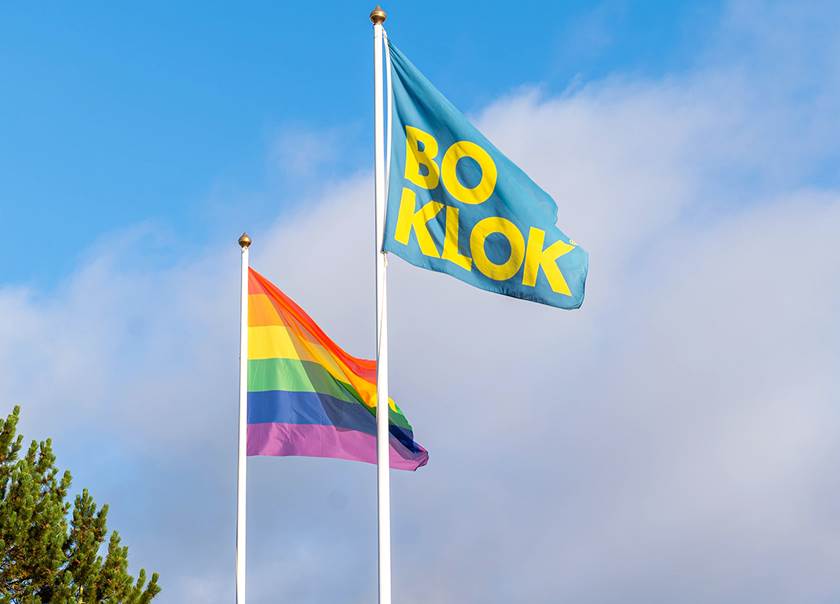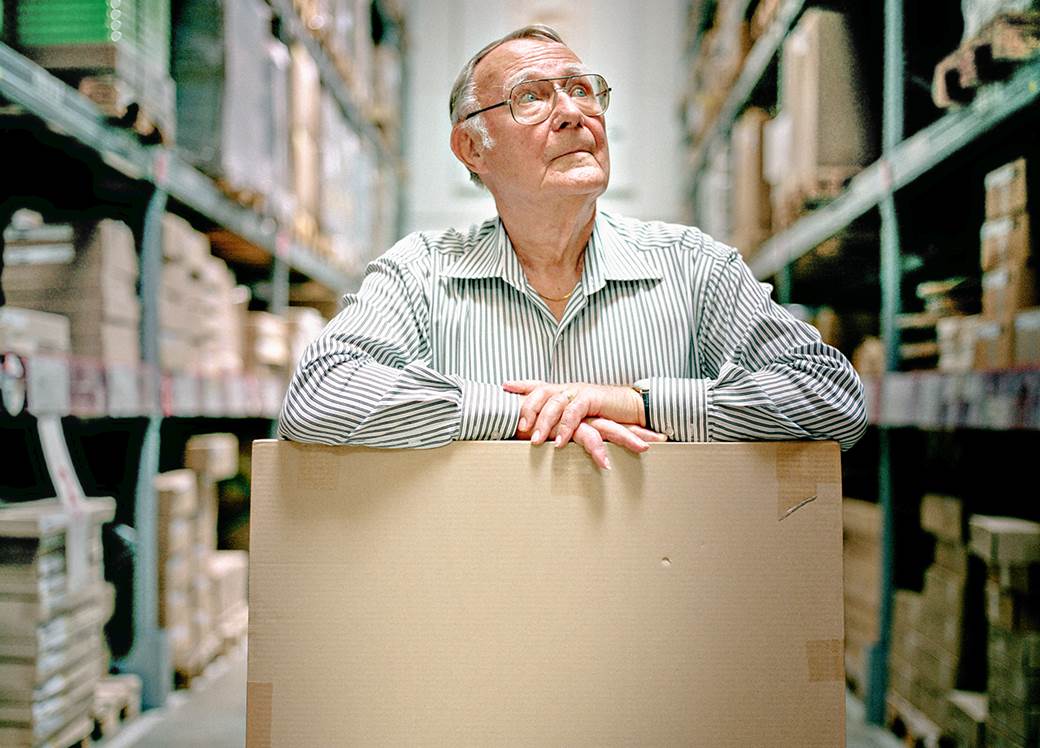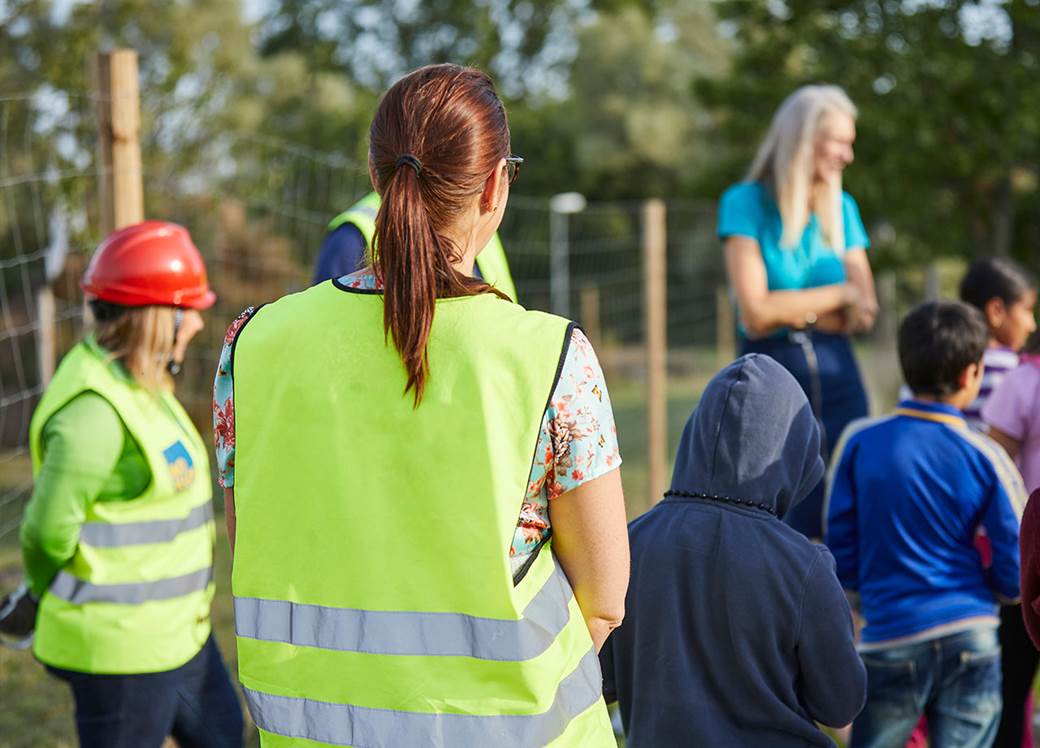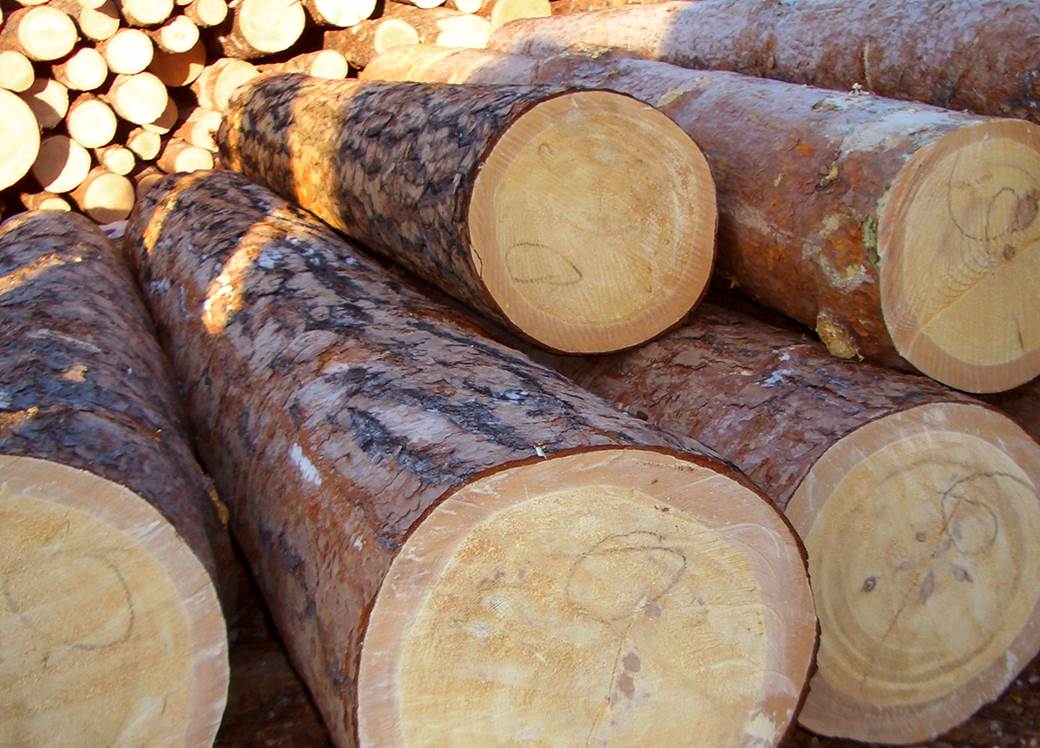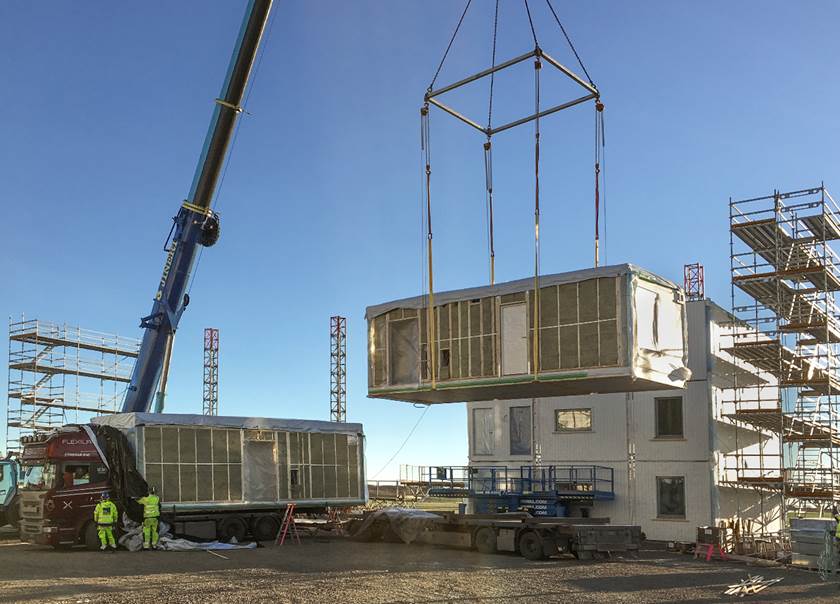We want to assist as many people as possible to live a sustainable life.
The UN's global goals
The United Nation’s Sustainable Development Goals were launched in 2015 and provide an inspiring framework for collective action. They guide us as we develop our business, set ambitions and collaborate with our partners. All goals are connected, and we use them as our compass for achieving a sustainable change in the way we work.
Seven Focus Areas for Sustainable Development
Our analysis shows that we contribute in different ways to all goals for sustainable development. Of-course we believe that all 17 global goals are important however, at BoKlok we have chosen to immerse ourselves in seven of them because this is where we can see that we’d have the greatest impact. Within these global goals, we want to create local added value.
Below is a detailed description of the seven goals we have chosen to focus on.
Goal 3 - Good health and well-being
We care about a sustainable life, both for our customers and for our employees. It should be safe both to live in a home from BoKlok, and to build a BoKlok home.
Area planning for healthy meeting places
We are committed to delivering communities that enable our residents to meet with one another in a safe and green environment. That is why we have introduced a green heart at the centre of all of our developments. Our goal is for all of the neighbourhoods that we create to be green, safe and social. What we deliver will be influenced by local needs but for example, we may incorporate within a development a playground for local children or an allotment area, where residents can grow fresh produce.
We care about creating spaces that unite the community and really bring neighbours together.
Safely built
When it comes to health and the environment, new homes are built following strict guidelines. At BoKlok we only use materials that are proven to have as little impact as possible on the environment and the climate. By building our homes in a factory, we’re able to ensure that each home is consistent and built to a high standard, whilst still reducing the use of energy and the amount of waste.
Goal 5 - Gender equality
When we developed the BoKlok concept in the mid-1990s, we examined which groups had the most difficulty in the housing market. One of these was single women with children, so the very first BoKlok home in Sweden was designed for a nurse. A key worker with two children, on a fairly limited budget, who longed for a bright, contemporary home of her own.
It continues to be our aim to make homeownership more accessible to more people.
Goal 10 - Reducing inequality
Across each of our schemes, we will look to work with the local council and local housing associations to deliver a variety of tenure for local residents - from private sale homes through to homes available via shared ownership and affordable rent.
By building our homes as efficiently as possible and reducing costs, we are able to pass these cost savings onto our customers – helping to make home ownership more accessible for more people. Our homes are designed to reduce energy use and to be environmentally friendly too, helping our residents to save energy and to save money over the long-term.
No unnecessary costs
One of the main reasons we’re able to keep costs down is by manufacturing our homes in a factory. The factories that produce our homes and apartments are very efficient. With industrial methods and smart processes, we can cut unnecessary costs. We have removed all time constraints and created an efficient flow. When our modules are finished in the factory, they are transported to the construction site where they become a new BoKlok home.
Development of socially challenged areas
Over the years, we have seen that it is possible to reduce housing segregation in socially challenged areas. By building homes in these areas, we contribute to creating a more varied housing mix. When we build our homes, we think about the new community we will be creating and what we can do to also improve the existing areas, surrounding the development.
Goal 11 - Sustainable cities and communities
Before we build, we ask how people want to live. We collect statistics from different target groups, all of whom have different needs. Once we have completed a new project and our customers have moved in, we ask them to provide us with feedback, which we find very valuable and use to improve future projects. All that information goes straight into the development of our new homes. We always strive to improve and make our homes and communities the best that they can be.
The green heart
Our surveys show that most people want to live in well-planned and bright homes built from solid sustainable materials. They preferably want to be close to nature and close to local amenities, whilst still having green space for children to play. When we design our neighbourhoods, we want to create a green space that can be enjoyed and lived in.
Goal 12 - Sustainable consumption and production
We work continuously to reduce the amount of waste from our factory and our construction sites however, as the manufacturing process is so efficient, little waste is generated. The small amount of waste that is produced is almost all recycled. Nonetheless, we still continue to map out exactly how much waste is created, what type of waste it is and how we can continue to reduce the amount further.
We strive for our residential developments to be close to existing public transport. We aim to incorporate plenty of bike storage for our residents and within our car parking spaces we include electric car charging points and/or provisions for these.
Goal 13 - Combat climate change
We work continuously and systematically to reduce our climate impact. The work is based on a careful mapping of the climate impact of our homes throughout the value chain, from the start of construction to the handing over of the keys to our customers and beyond, as we assist our residents to live more sustainably within their homes.
From tree to key
We manufacture our houses in wood, a renewable and natural resource and the material with the lowest carbon footprint of all building materials.
Our houses have a fraction of the embodied carbon of traditionally built homes, with just 1/27th of the carbon created in delivering our homes. When moved in and living in one of our houses, occupants will typically cut their carbon emissions by 55%, because of the fabric efficiencies and the air source heat pump technology installed.
Goal 17 - Implementation and global partnership
We are convinced that cooperation and good dialogue are crucial to creating sustainable communities and sustainable homes.
We want to understand our environment and the needs and requirements of the people living in the local areas, where we are delivering new homes. We maintain a continuous dialogue with our customers and the communities within which we operate. We conduct customer surveys after our customers have moved in, to ensure that we obtain a full picture of their journey and take any learnings forward into our future schemes.
Our goal is to build long-term relationships and to create value for our customers and the wider communities, where we are operating.
